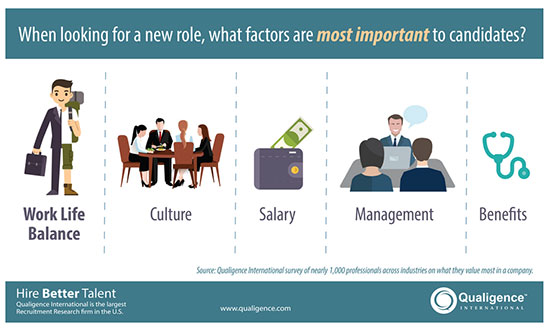 NPAworldwide is celebrating our 60th anniversary of helping members make split placements this year. We think splits are a terrific option for recruiters, allowing more effective client service and broader geographical, industrial, or occupational coverage. There are a few myths about split placements, though, and I’d like to dispel those for you today.
NPAworldwide is celebrating our 60th anniversary of helping members make split placements this year. We think splits are a terrific option for recruiters, allowing more effective client service and broader geographical, industrial, or occupational coverage. There are a few myths about split placements, though, and I’d like to dispel those for you today.
Split placements are easier than regular placements. There are more than a few recruiters who think that split placements are easy. And while they certainly *can* be, that’s definitely not true in all instances. On top of all the regular things that make placements difficult, you’re also dealing with another recruiter and the communication and trust issues that can crop up. Recruiters who are successful at split placements tend to over-communicate, have very clear expectations, and a clearly-defined process. You can certainly do some things to make split placements work more smoothly, but that’s not necessarily the same thing as easy.
Clients don’t like split placements. I’m not sure where this myth ever originated, but I hear it a few times every year. I don’t actually have any empirical evidence stating whether clients like or dislike split placements, but I think most honestly don’t (or wouldn’t) care. In fact, I’m not even sure it’s necessary to discuss split placements with your clients. After all, do you tell them how much you pay for your LinkedIn package? Or specifically where you advertise? A sales pitch that includes a message about working with carefully-selected recruitment partners might make sense. As long as you’re providing the best talent for your client, it shouldn’t matter to them whether you’re sharing the fee with another recruiter.
You can do “half the work” since you are getting half the fee. Boy, this one can be troublesome. On the surface, this seems to make some mathematical sense – you’re either working the client “half” of the equation or the candidate “half,” right? After all, you’re dividing the work and sharing the fee. But this can be a sloppy mindset to adopt. Even though you may only be responsible for providing candidates, you still have to do ALL of the work that requires. On the client side, you still have to follow ALL of your process. If each side actually did “half a job,” you’d probably never make a placement. Much better to think of split placements as a partnership where each side is willing to put in 100% of the effort.
Have you encountered any other myths about split placements? Share below, or comment on the myths above!











